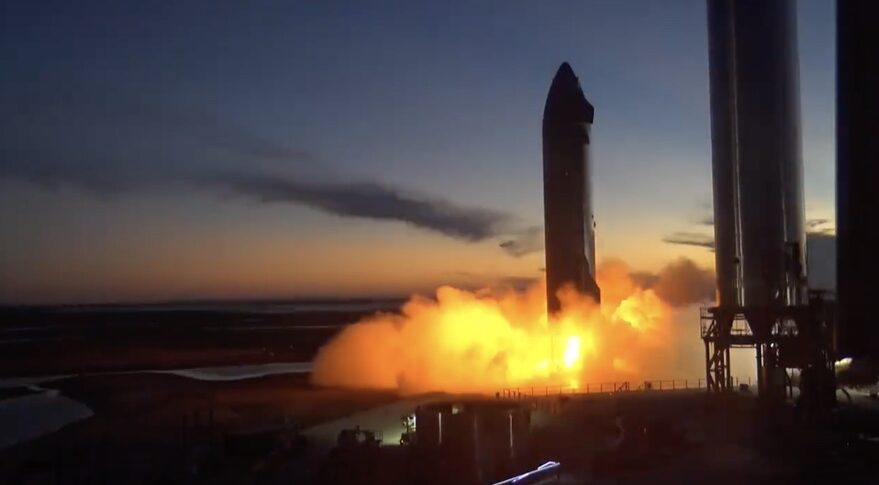
SpaceX adds Falcon 9 back to second-gen Starlink launch plan (Image Credit: Space News)
TAMPA, Fla. — SpaceX has decided to use a mix of Falcon 9 and Starship rockets to launch the 30,000 satellites in its proposed second-generation Starlink broadband constellation.
Launching some of the satellites with SpaceX’s “tested and dependable Falcon 9” will accelerate the constellation’s deployment to improve Starlink services. SpaceX director of satellite policy David Goldman wrote in an Aug. 19 letter to the Federal Communications Commission.
Goldman did not say when SpaceX could start launching the second-generation constellation, which remains subject to FCC approval.
In January, SpaceX said it had picked a configuration for the low Earth orbit (LEO) network that leverages Starship, the delayed super-heavy-lift vehicle the company is developing in Boca Chica, Texas.
The Federal Aviation Administration completed a lengthy environmental assessment in June that would allow Starship launches from Boca Chica. However, SpaceX must first implement dozens of measures to mitigate environmental effects.
Starship is designed to send more than 100 tons of payload to LEO, versus under 23 tons for SpaceX’s Falcon 9 workhorse.
SpaceX has also previously said second-generation Starlinks deployed via Starship could enter service within weeks after launch, rather than months following a Falcon 9 mission.
“While SpaceX will use technically identical satellites on both rockets, the physical structures will be tailored to meet the physical dimensions of the rockets on which they will be launched,” Goldman told the FCC.
Elon Musk, SpaceX’s CEO, has said full-sized second-generation Starlinks are seven meters long and weigh about five times more than its first generation at around 1,250 kilograms.
Goldman said SpaceX remains committed to deploying all of its 29,988 proposed second-generation satellites — at altitudes of between 340 and 614 kilometers across nine inclined orbits — whether they are launched with Falcon 9 or Starship.
“Specifically, SpaceX plans to launch satellites for its Gen2 constellation beginning with its three 500-kilometer shells, followed by satellites in its lower-altitude shells,” he said.
“The result will be that more Americans will receive high-quality broadband faster.”
SpaceX’s constellation plans face opposition from companies, including satellite broadband operator Viasat, which wants the FCC to perform an environmental review before approving the second-generation network.
SpaceX has launched more than 3,100 satellites for Starlink’s current generation with Falcon 9, usually in batches of around 50 per mission. According to astronomer and spaceflight analyst Jonathan McDowell, more than 2,800 are currently working in LEO.
The company has said its second generation would provide denser rural coverage and improved performance while being compatible with existing Starlink user terminals.
SpaceX currently has permission to deploy 4,408 satellites in LEO for a network that uses Ku-band spectrum to connect users from around 550 kilometers above the Earth.
A separate FCC authorization also gives SpaceX permission to launch 7,500 V-band satellites, which Starlink’s first generation needs to reach a total of around 12,000 satellites for global services.








